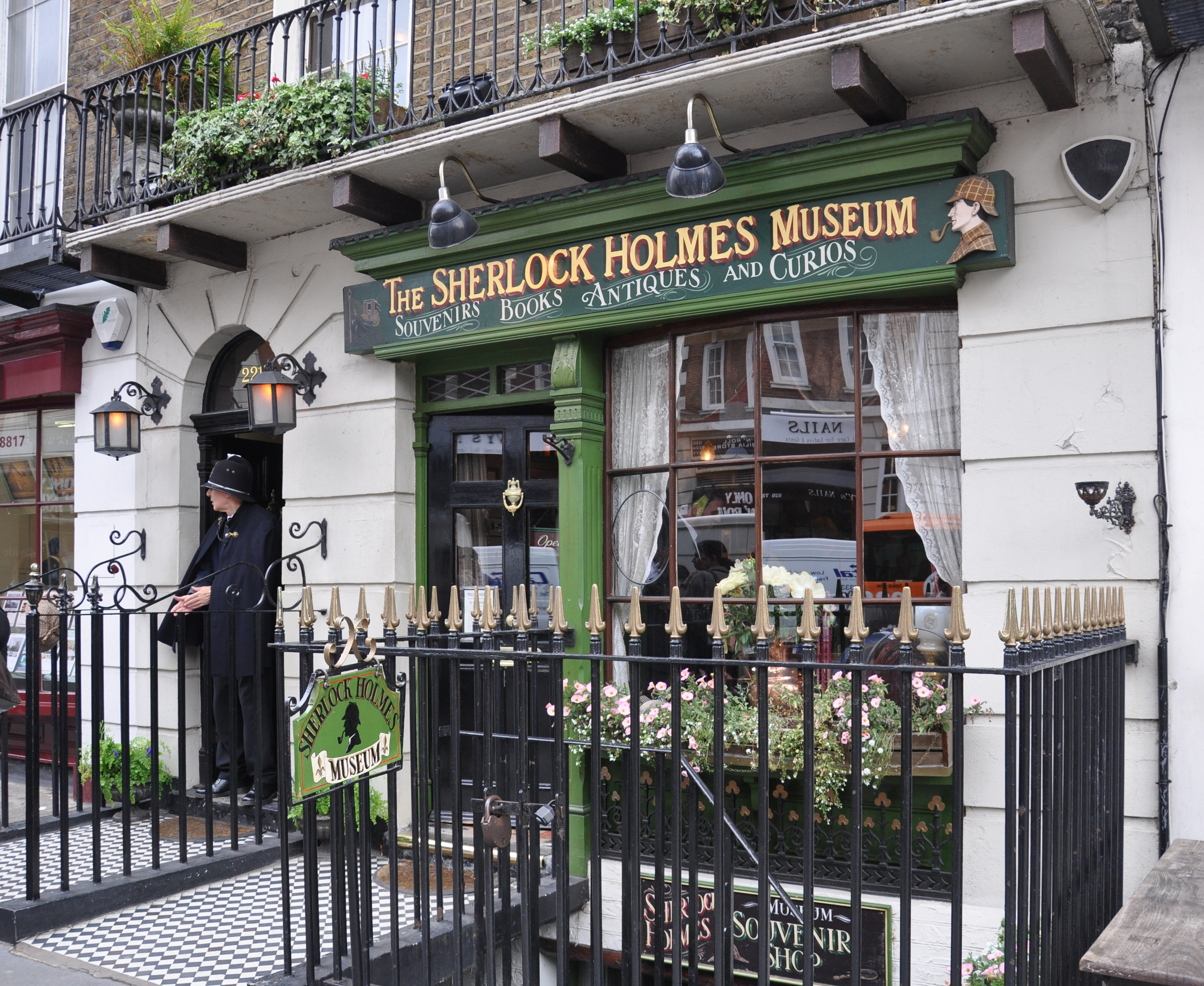5 Famous Houses Turned Museums That You Should Totally Visit
Travel back in time at these historic homes.
by Desiree Pore | September 26, 2018
Museums offer an experience that’s beyond definition; we get to grasp different cultures and historical importance through the artifacts curated inside the museum. More often than not, sizable pieces of art and history are housed in a museum, but in some cases one’s meek and humble abode can also be considered as a place full of significant importance in history.
These are just some famous houses that are worth the visit.
The Anne Frank House, Amsterdam

Anne Frank was one of the prominent figures during World War II. Frank and her family, along with four other people, hid from the Nazis during the height of the war, taking refuge at secret rooms at the Canal House for over two years. The complex was the location where Anne wrote most of her entries in her globally popular diary. Her father, Otto Frank, was the sole survivor from the family, enabling him to publish his daughter’s diary.
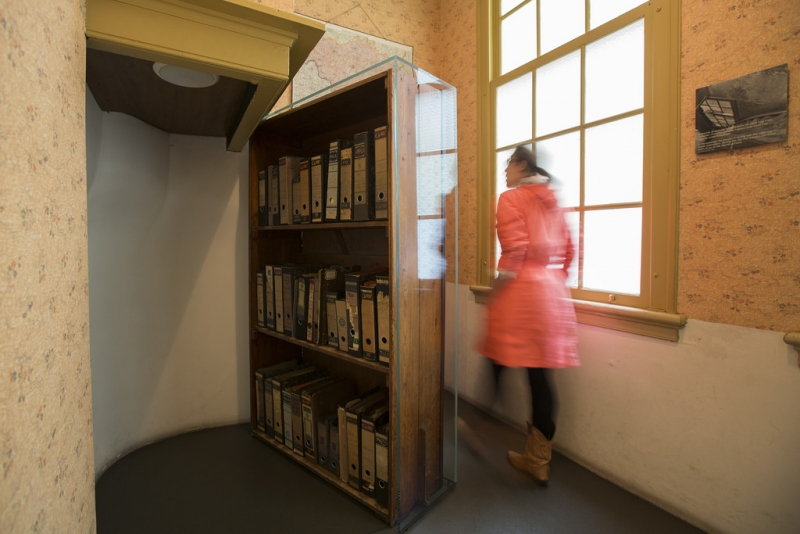
The same house that the Franks took refuge is one of the most popular destinations in Amsterdam, with thousands of tourists visiting to the site every year. Inside, historical documents, Anne’s original diary, photographs, and original objects from the war years are available for tourists to see. The famed movable bookcase that marked the entrance of the secret rooms is also in place, as well as the actual rooms.
Sherlock Holmes Museum, London


The beloved character might be fictitious, but its loyal and dedicated fans are very real. With four novels and appearances in more than 200 films, the private detective remains to be one of the most popular characters in literature. Along with the character and his cases, another thing that’s popular with the fans is his home.

221B Baker Street is the address of Sherlock Holmes’s London residence. The residence came into life through the establishment of the Sherlock Holmes Museum, situated between 237 and 241 Baker Street. The museum’s interiors are exactly how it was described in the books, full of pieces from the Victorian era. Rooms inside the museum include the detective’s bedroom, living room, and study, as well as Watson’s and Mrs. Hudson’s.
The Frida Kahlo Museum, Coyoacan, Mexico

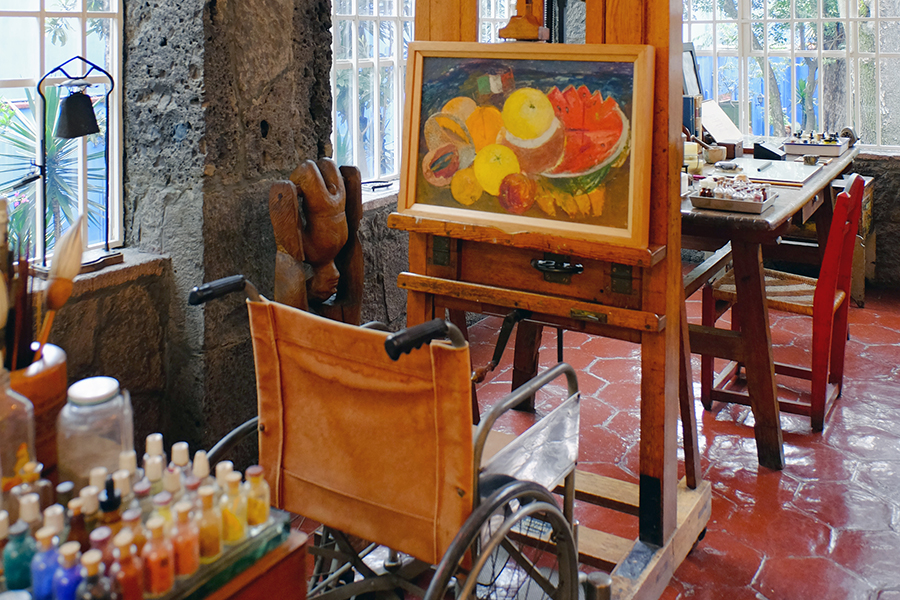
Frida Kahlo is one of the most popular woman artists on the contemporary art scene. Known for her self-portraits and Mexican pop culture-inspired works, Kahlo became a figure of the feminist and the LGBTQ movement. All throughout her life and career, Kahlo took shelter at La Casa Azul, also known as “The Blue House” along with her husband, renowned Mexican artist Diego Rivera.
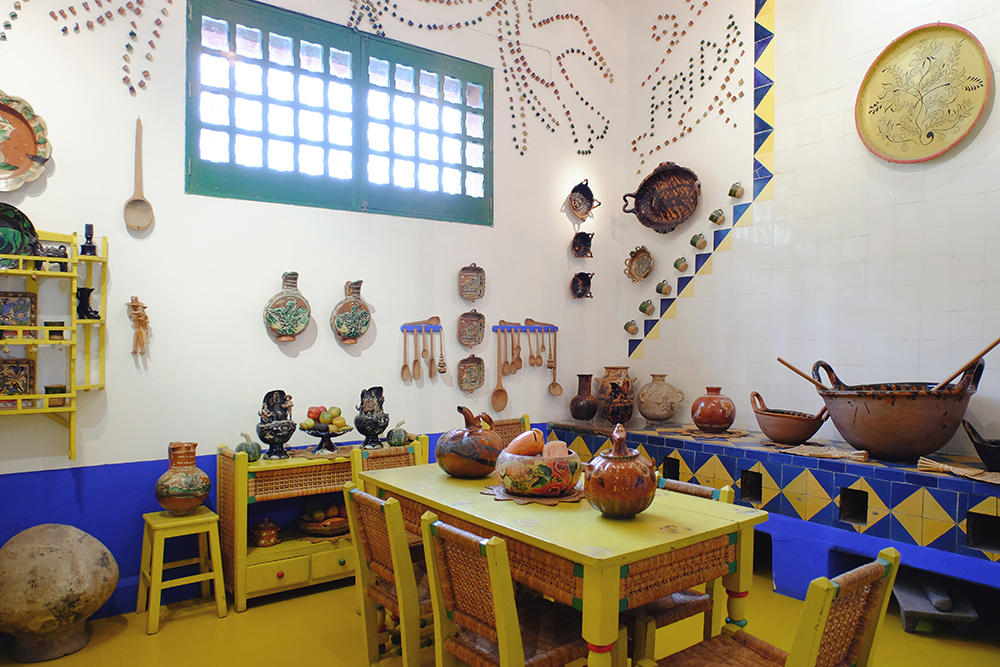
Established four years after her death, The Blue House contains some of Kahlo and Rivera’s works, as well as their collection of pre-Hispanic artifacts, photographs, and personal items. The museum’s interiors showcase the lifestyle of affluent Mexican bohemian artists and intellectuals during the early part of the 20th century.
Albert Einstein’s Apartment, Bern, Switzerland

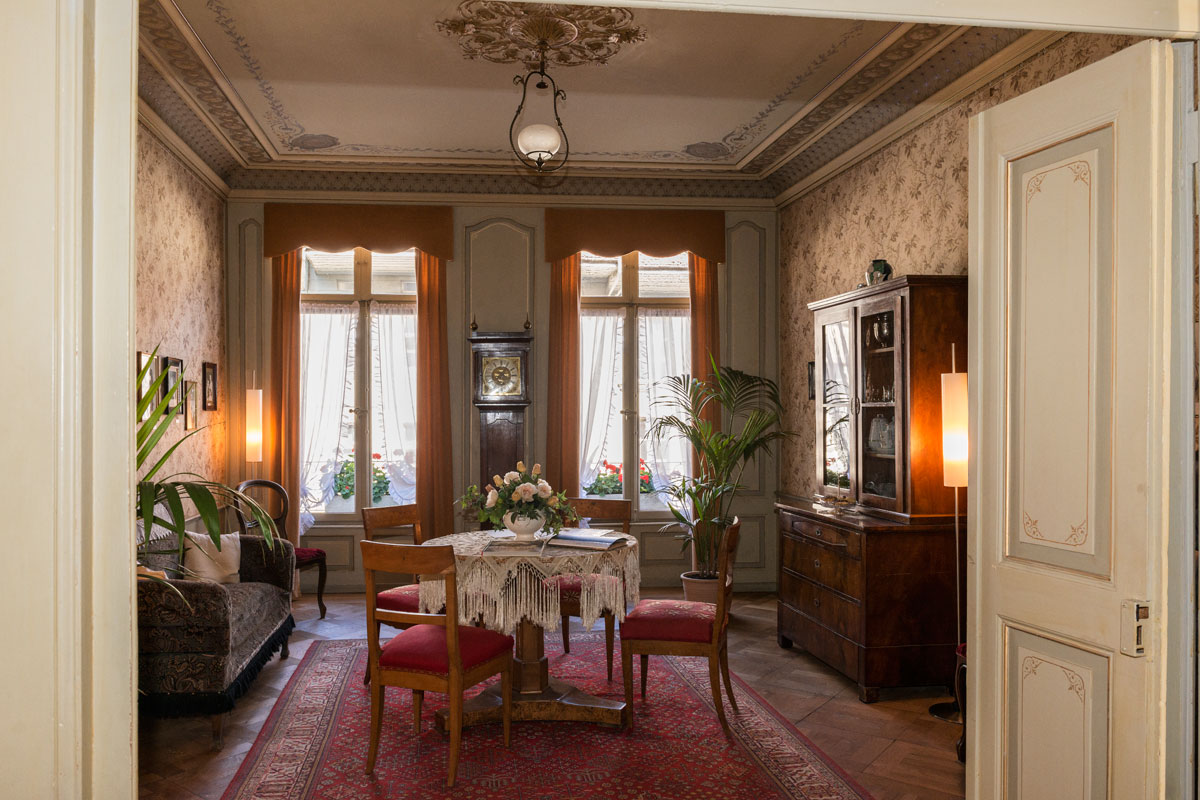
Renowned physicist Albert Einstein remains as one of the most influential figures in the world of science. His work on the theory of relativity remains as one of the two pillars of modern physics. During the years when Einstein developed his famed theory, he lived, together with his family, at a small apartment in the third floor of Kramgasse 49.

It’s at Kramgasse 49 where Einstein developed some of his most influential works, specifically the scientist’s “annus mirabilis” period, which means a miracle year when his creativity and scientific discovery flourished. Today, the apartment is known as The Einstein House, which includes replicas of the scientist’s furniture, family photographs, a baby cradle, and personal family artefacts. You can also watch a short movie about Einstein’s life at the top floor of the apartment.
The Brontë Parsonage, Haworth, England


The Brontë sisters authored some of the most influential pieces in literature. Some of their well-known works are Jane Eyre (Charlotte), Wuthering Heights (Emily), and The Tenant of Wildfell Hall (Anne). These literary pieces were written at The Brontë Parsonage, the sisters’ childhood home.

The parsonage is situated at an area called the Brontë Country, wherein quaint villages and large expanses of moors are featured, which became the inspiration for Wuthering Heights. The rooms of the Brontë sisters remain unchanged, consisting of furniture, clothes, and personal possessions.
Got any more suggestions? Share them with us below!



